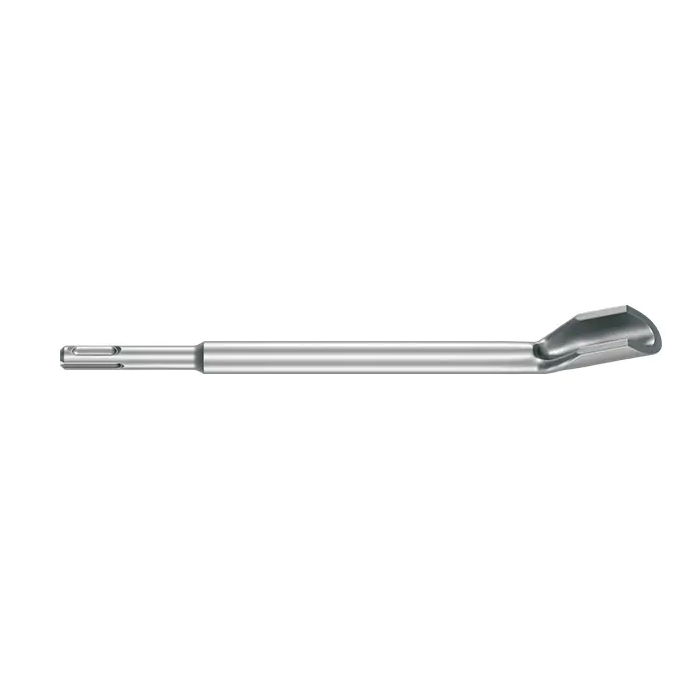For users, selecting the right steel chisel involves considering factors such as material, blade design, handle comfort, and durability. Whether the chisel is needed for metalworking, wood carving, or masonry, the choice of a tool can significantly impact both the ease of use and the quality of the finished work.
One of the first considerations for users is the material of the chisel. Steel is the most common material used, but within that category, users may need to consider the type of steel used in the tool. High-carbon steel chisels are popular because they can hold a sharp edge for extended periods, which is especially important in precision tasks. However, for heavy-duty work, users may prefer a chisel made from alloy steel, which offers greater toughness and resistance to wear and impact. Users should also pay attention to how the steel has been treated—proper heat treatment helps ensure the tool is both hard and durable, capable of handling the physical stress of repeated use.
The design of the chisel’s blade is another important factor. Chisels come in a variety of shapes and sizes, and the right one will depend on the specific task at hand. A flat-bladed chisel is commonly used for general-purpose tasks such as trimming and shaping, while a pointed blade is ideal for more detailed work, like carving or precision cutting. Additionally, the sharpness of the blade is essential for users who need to make clean, smooth cuts. A dull blade will require more force to use and could lead to rougher work or even damage to the material being worked on.
The handle of the chisel also plays an important role in user comfort and control. Most handles are made from wood, plastic, or rubber, and each material has its own advantages. Wooden handles are traditional and offer a certain level of comfort and control, though they can wear down over time. Plastic or rubber handles tend to offer better grip and are more resistant to wear and moisture, making them suitable for long hours of work. The handle should also be ergonomically designed to minimize hand strain, particularly during extended use. Users should check for a handle that fits comfortably in the hand and provides a secure grip to reduce the risk of accidents.
Another consideration for users is the durability of the chisel. Steel chisels are subjected to significant impact during use, so it is important to choose a chisel that can withstand repeated blows without chipping, breaking, or losing its edge. A durable tool is essential for maintaining productivity and ensuring that the chisel lasts for many years without the need for frequent replacements.
Safety is another aspect that users should keep in mind. Steel chisels are sharp tools, and improper handling can result in injuries. Users should always follow the manufacturer’s safety guidelines and wear appropriate protective equipment, such as safety glasses and gloves, to prevent accidents.
In conclusion, choosing the right steel chisel is a matter of considering the material, blade design, handle comfort, and durability. By selecting a tool that suits their specific needs, users can enhance their efficiency and safety while working with various materials, whether they are carving wood, shaping metal, or cutting masonry.



